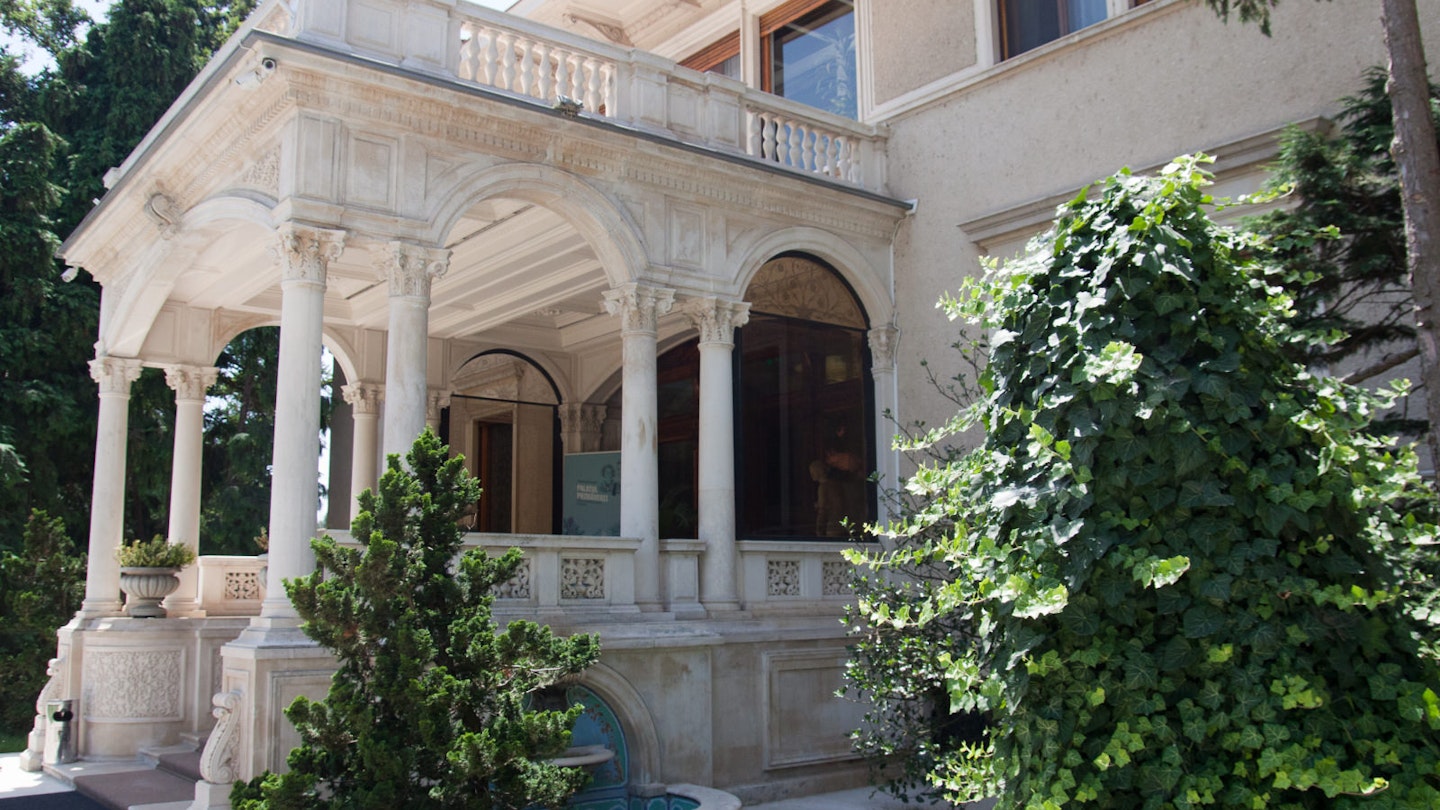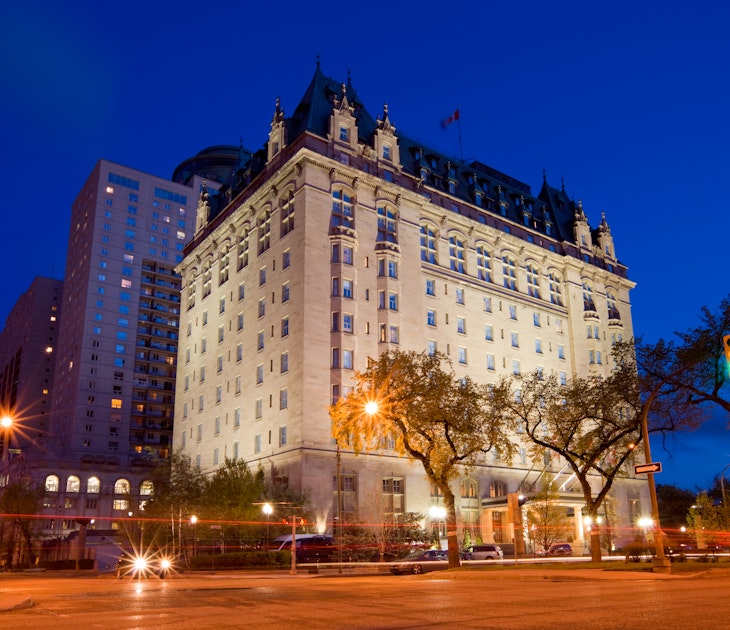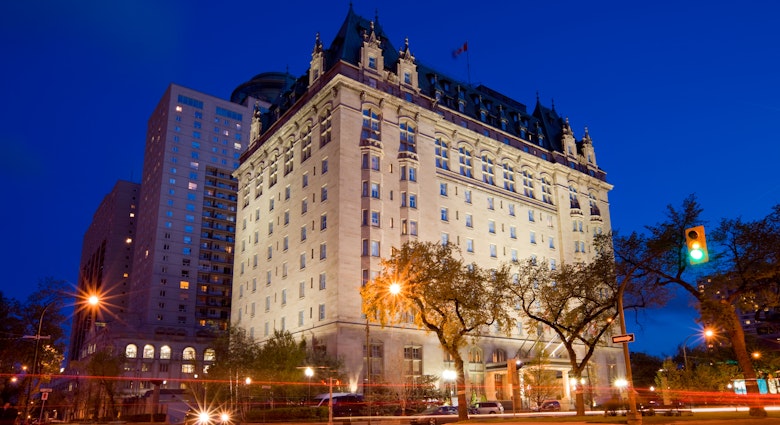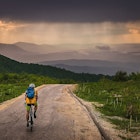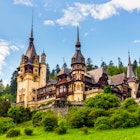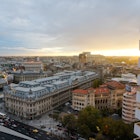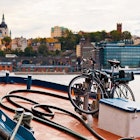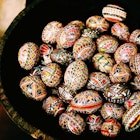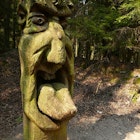Down a quiet, tree-lined street in one of the wealthiest districts of Bucharest, a seemingly unassuming villa hides a unique history, one that visitors have only been able to delve into since the building was finally opened to the public in March 2016.
It was here, in what’s known as the Spring Palace (Palatul Primaverii), that the communist dictator Nicolae Ceausescu and his wife Elena lived the last 25 years of their lives.
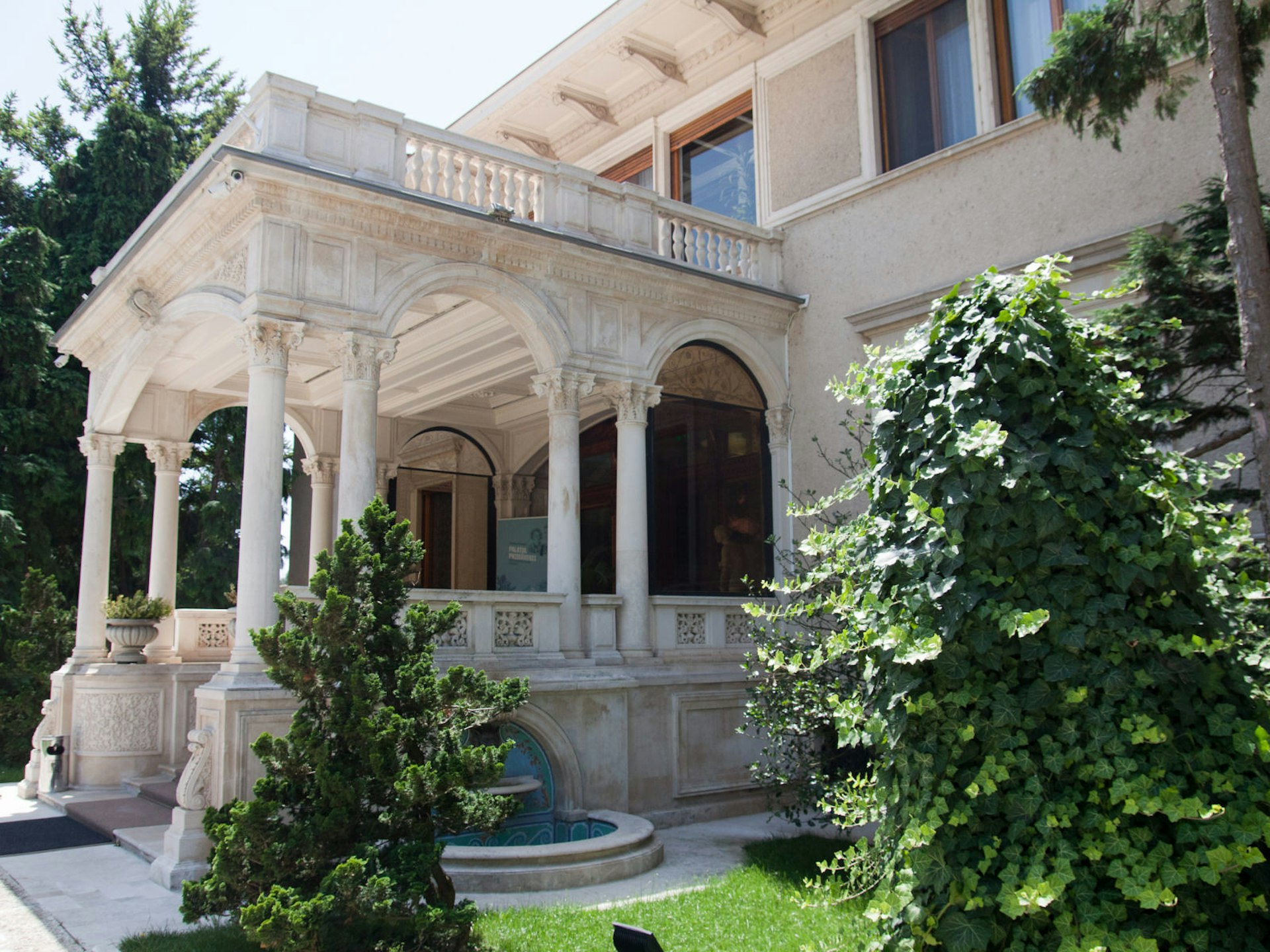
Visitors to Romania have, for years, been able to take a tour around the monolithic Palace of Parliament – a Ceausescu vanity project which required the demolition of a huge swathe of historical Bucharest to build; it’s said to be the second-largest administrative building in the world, after the Pentagon. However, the actual home of the Ceausescus has been off-limits to all but a few since the revolution of 1989, which overthrew the regime and led to their executions by firing squad on Christmas Day.
The villa is now open to visitors, with guided tours available in both Romanian and English. Visits offer a glimpse into the opulent lifestyle that Romania’s last dictator and his family enjoyed at a time when most Romanians were surviving on food and fuel rations and living in fear of the Securitate, the Romanian secret police.
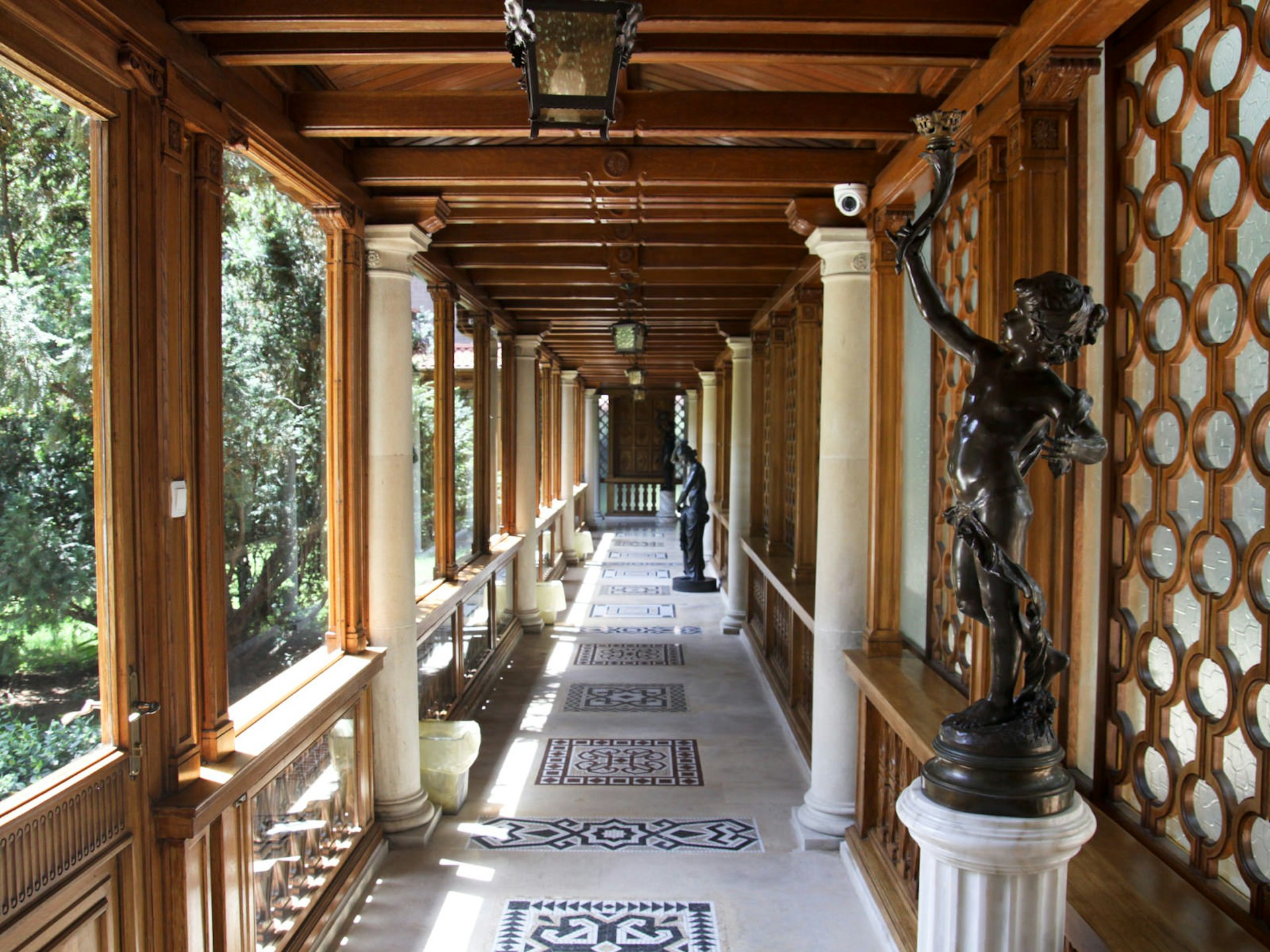
Arriving at the gate, the luxury of the place isn’t immediately apparent. ‘It looks very small from the outside, but inside it is a palace’, says 23-year-old guide Andrei Stancu, who is showing me around some of the building’s 30 rooms.
The palace was constructed after Ceausescu came to power in 1965 and little expense was spared. Interior walls are lined with silk screens and mahogany panels. Paintings, most with a pastoral theme, were taken from the country’s former royal palaces to decorate the walls. Chandeliers hang from the ceilings. The guide tells me that some of the elaborate carpets, the ones that were a gift from the Shah of Iran, are worth around €300,000 today.
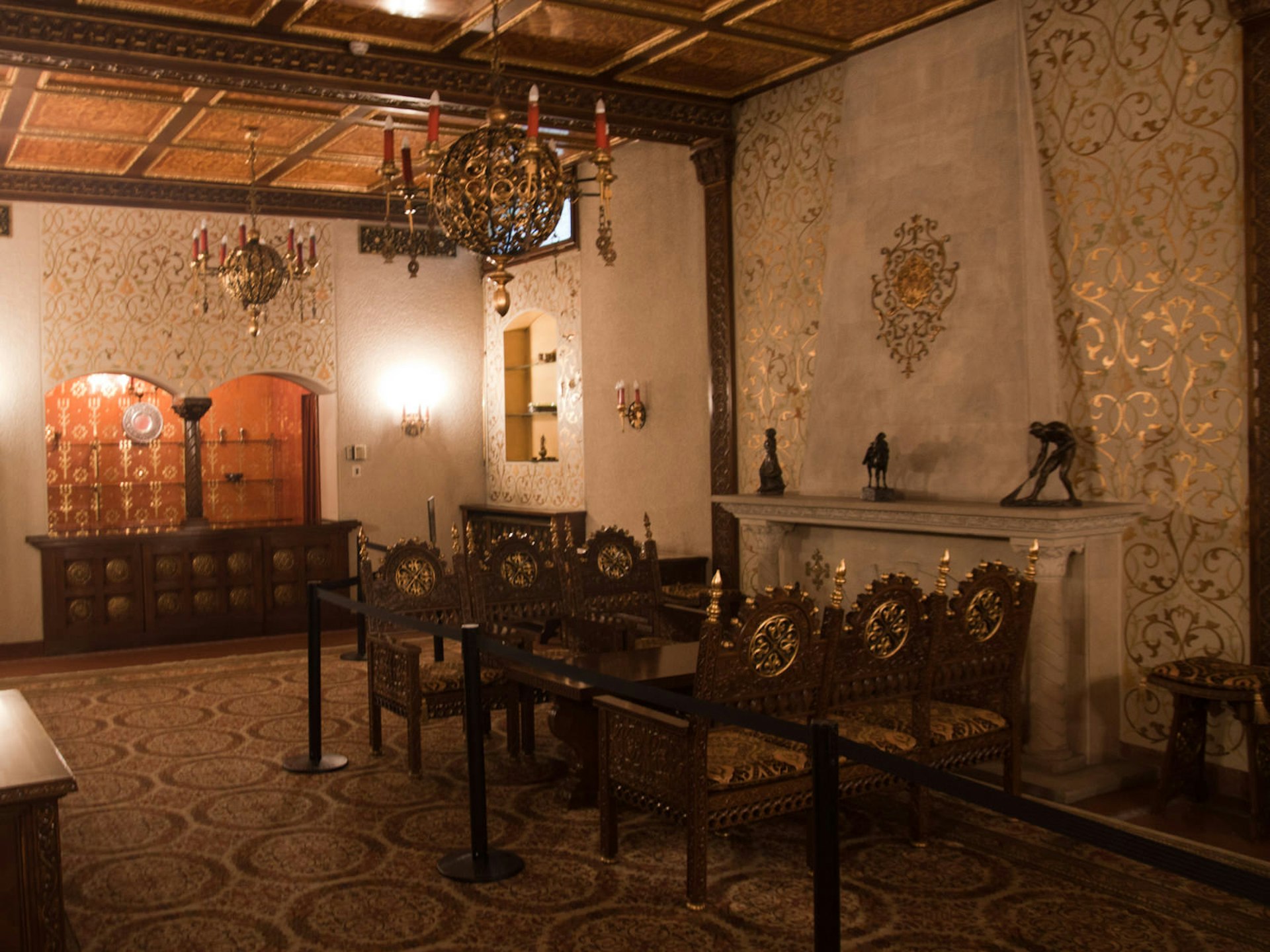
Lavish touches are everywhere. Upstairs, in the private quarters of the former first family, rooms are furnished in the style of those in the Louvre, Buckingham Palace and Versailles. ‘Elena considered herself a kind of queen’, says Stancu, pointing out her Louis XV–inspired private living room.
An interior swimming pool, with elaborately tiled walls that took two years to decorate, has been turned into a mini gallery showing a selection of Ceausescu family snapshots. In the basement a plush private cinema is where Ceausescu and his privileged guests watched Westerns and other imported movies at a time when most Romanians had only a few hours of censored television a day (apparently, the Romanian dictator also liked to watch the American cop series Kojak).
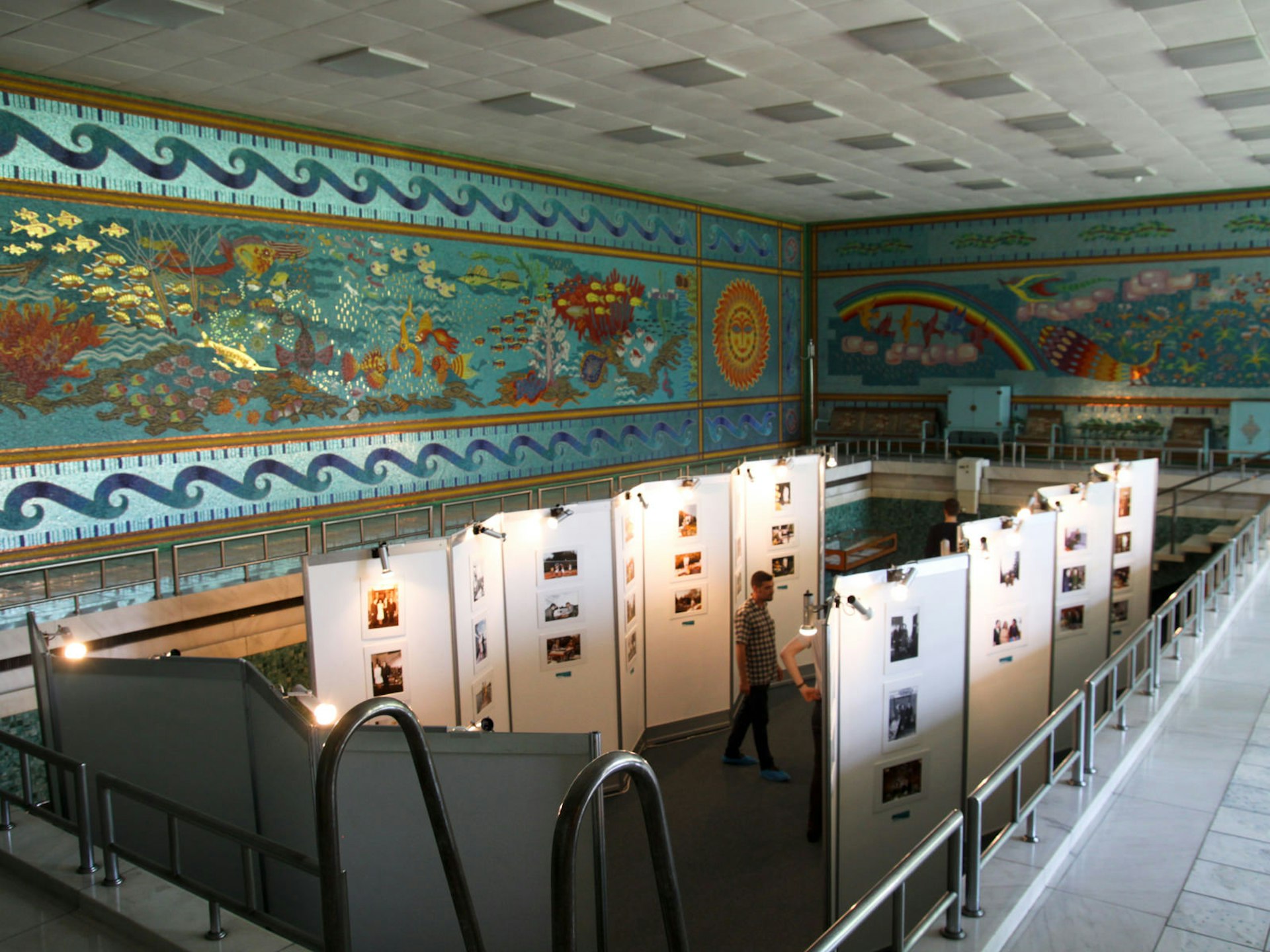
Some of the myths about the palace have long been debunked. The guide informs me that in 1989 the press said that all of the fixtures in the bathrooms were solid gold, but they are just cheap metal painted gold. Still, it’s jarring to think how the opulence of the palace compared with the lives of ordinary Romanians at the time.
‘It must have been mind-blowing for people who entered in 1989 (after the revolution), and it was one of dozens of palaces around Romania’, says Vlad Zigarlov, a 31-year-old Romanian living in London who is also visiting the palace.
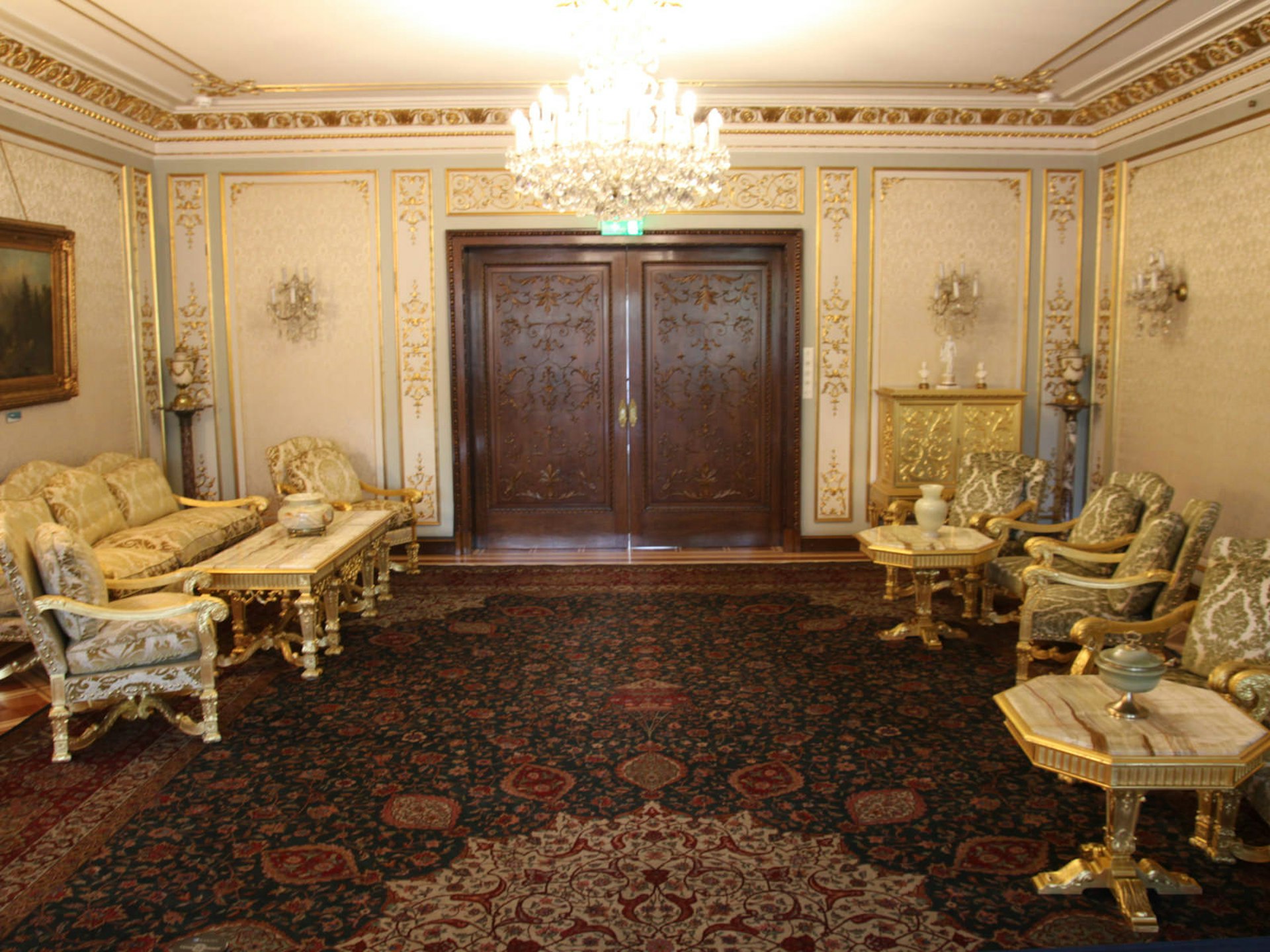
Everything in the Spring Palace is original, and in its original place, since the presence of soldiers in the days following the revolution kept any looting to a minimum. Closets are still filled with fur coats belonging to Elena Ceausescu, while the couples’ pyjamas are carefully folded on their bed.
As we tour the villa the guide tries to stay largely neutral on the legacy of Nicolae Ceausescu, but it isn’t always possible. ‘He had a sauna, spa, suntan room, while we had four to five hours of electricity a day. He had his own barbershop in his basement’, says Stancu, as we pass through a series of rooms that still house these features.
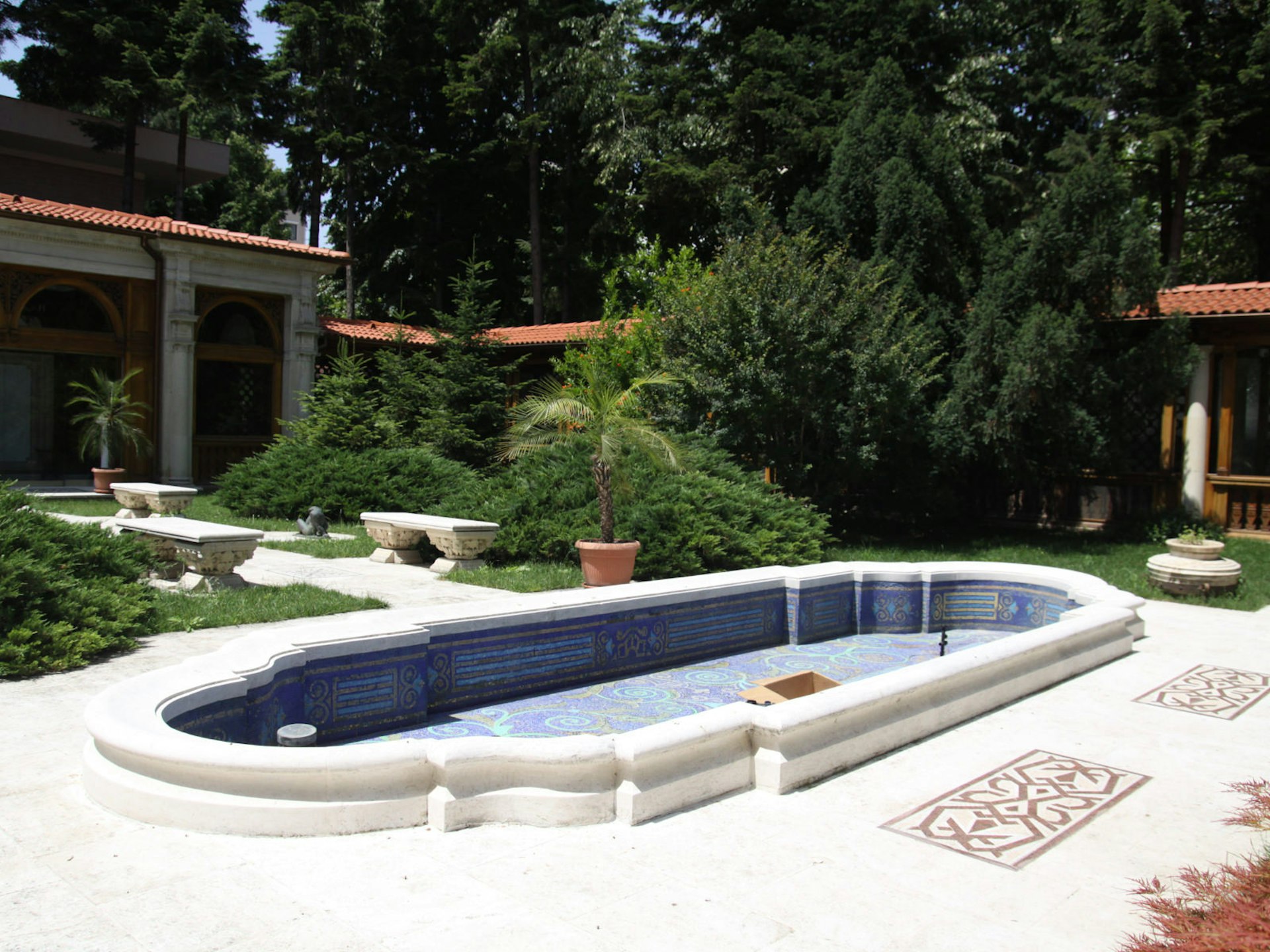
In recent years polls have suggested that feelings towards the Ceausescus among Romanians have mellowed. A 2014 poll showed 47.5% of respondents thought Nicolae Ceausescu had had a relatively positive role in Romania’s recent history, while 46.9% said it was negative (many experts, however, believe this is more of a condemnation of Romania’s post-communist leadership than anything else).
Even a quarter of a century after the overthrow of the communist regime, the legacy of that period is visible across Bucharest. A short walk south of the Spring Palace, the towering communist-era housing blocks speak of those bleaker utilitarian times. Carry on walking and you’ll reach the Palace of Parliament (also called the Palace of the People), which almost bankrupted the country and was only finished after the deaths of Nicolae and Elena Ceausescu. It now houses an art gallery and the Romanian parliament.
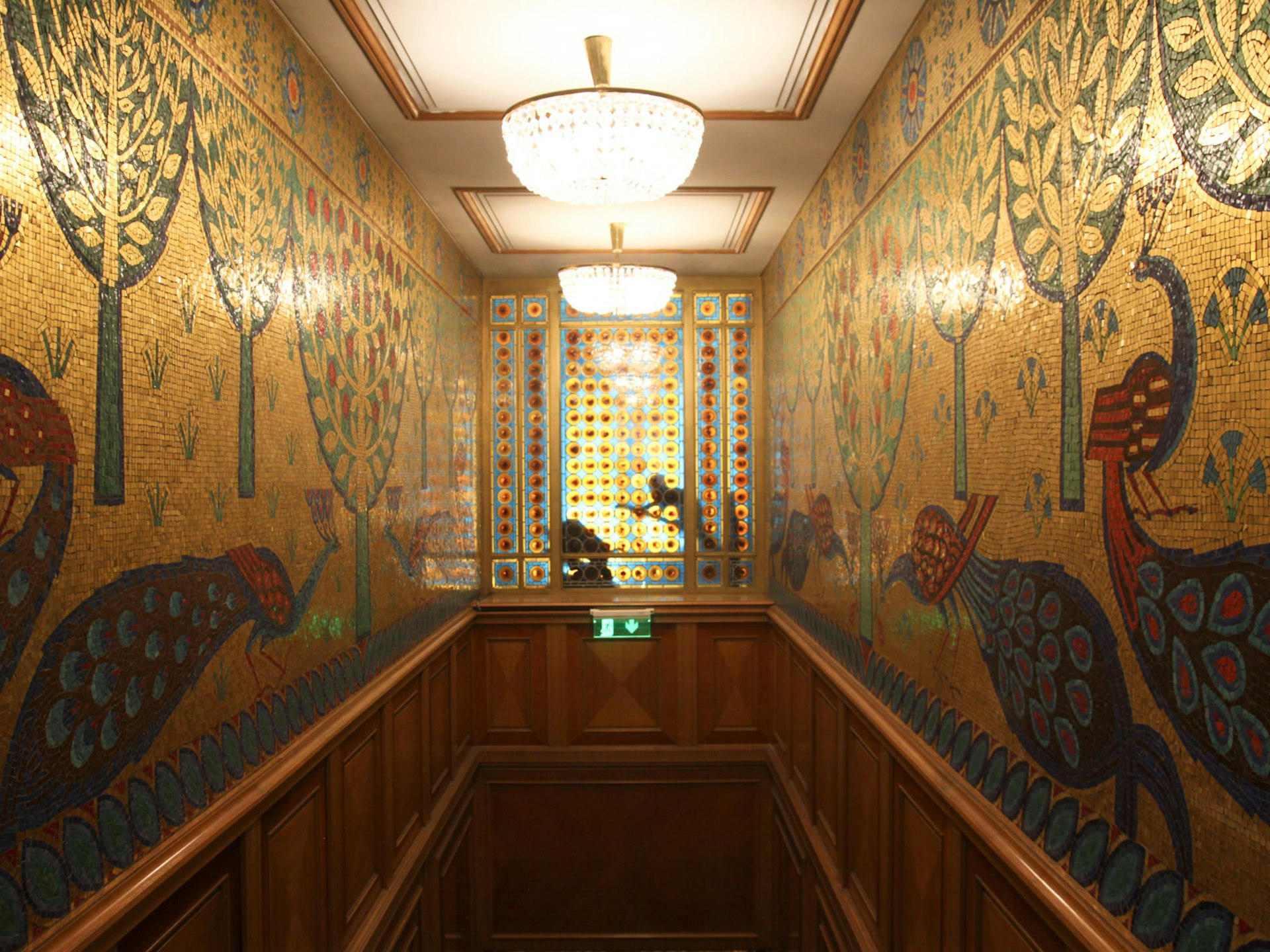
Yet, in the Spring Palace the feel is more akin to the splendours of Bourbon France, with its royal family detached from the realities of their subjects. The Ceausescus’ only daughter, Zoia, even had an apartment modelled on Marie Antoinette’s at Versailles.
As the tour ends I spend some time contemplating the building’s history in the elegant garden at the rear of the Spring Palace, complete with its delicate sculptures of reclining nudes and a pair of live peacocks – one of Ceausescu’s favourite animals.
Looking out over the garden, Hans Mehrens, who had also taken the tour, considers what he has just seen. ‘The Palace of the People is more in-your-face than this. I think, if I was Romanian, that would disturb me far more’, the 24-year-old German eventually says.
